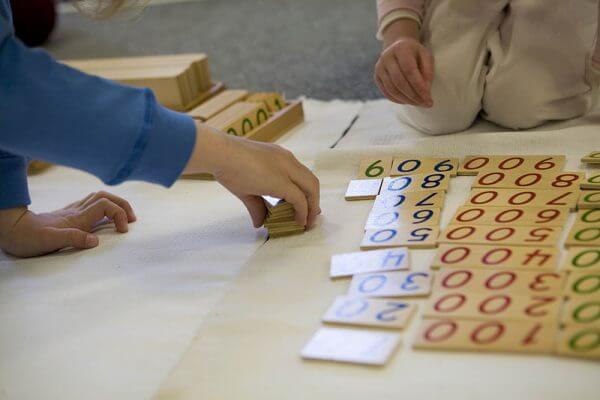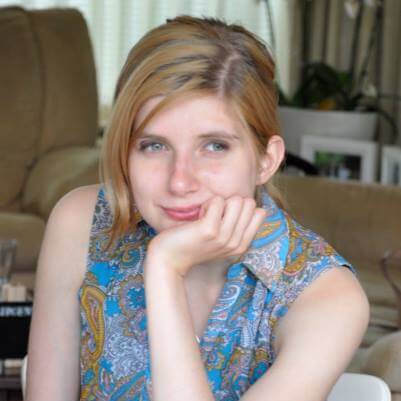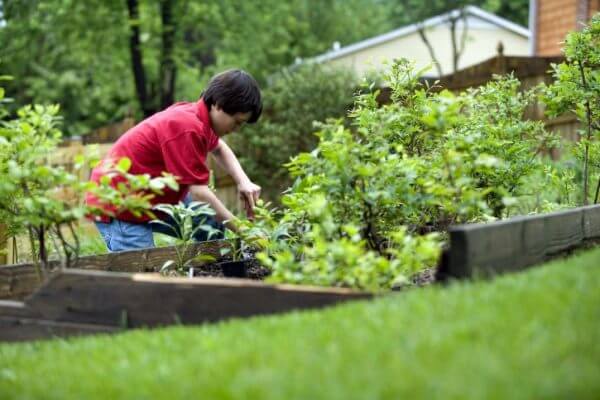
We are receiving the right education, aren’t we?
Education represents a crucial element of our societies, becoming increasingly important as more and more people pursue the educational path to secure better job opportunities. Considering this, a question arises naturally: is the type of education we are currently receiving providing the strongest boost to our cognitive capabilities and intellectual growth? If this weren’t the case, what would be other possible options in terms of educational methods?
A process of teaching, training and learning especially in schools or colleges, to improve knowledge and develop skills: this is the definition of education that can be found in the Oxford Dictionary. Is education a mere process of teaching and learning, solely aimed at making students acquire and develop new skills? How multifaceted could the education we receive nowadays be? In order to answer these questions, it is important to understand how the Western education system has developed and how it is structured, but also if there are alternative options to the standard one.
As Sir Ken Robinson underlines in his speech regarding the current education system, its paradigmatic structure was conceived during the Enlightenment and subsequently developed in the socio-economic context of the industrial revolution. A more accurate analysis of the present educational model shows its flaws, both in terms of promoting motivation and of its potential benefits.
RSA Animate – Sir Ken Robinson – Changing Education Paradigms / Website: http://www.thersa.org/events/rsaanimate
What appears clear from Sir Ken Robinson’s point of view is that modern education is more likely to deaden creativity and curiosity than stimulate them. In his quest to identify the weak spots of the Western education system, he points out that standardised tests do not encompass all the different cognitive aptitudes of pupils. As a result, individual skills are minimised and most of the time not understood.
Maria Montessori, who developed an alternative education method at the beginning of the XX century, recognised pupils’ aptitudes and categorised them in universal innate tendencies, such as communication, exploration, orientation, order, activity, manipulation, perfection, abstraction, work, repetition, and exactness. According to the Montessori method, these cognitive tendencies must be stimulated and equally developed through the process of personal and educational growth. The crucial aspect of this educational method is represented by the different stages identified in the learning process: four in total, they differ between specific age groups such as birth to six, six to twelve, late twelve to eighteen, and eighteen to twenty-four. The leitmotiv of this educational development method is that of embracing the child’s growth from a multifaceted perspective, so that children can develop on multiple levels, including the social, cognitive, emotional, and physical ones.

Another alternative educational approach is offered by Waldorf schools, better known as Steiner education. This type of didactic method was developed by Rudolf Steiner in the first decade of the XX century. The core of his model is characterised by an approach different to those of most standard educational methods. As a matter of fact, he identified three important stages during the intellectual growth of pupils: early childhood education (aged two to six), elementary education (aged seven to fourteen), and secondary education (aged fourteen to eighteen). Each stage deserves a dedicated approach: in the early childhood period particular importance is given to practical activities and creative play, in the period of elementary education emphasis is put on developing the artistic and social side of the pupil, while during the secondary education stage the student focusses on strengthening critical reasoning and empathic understanding.

Anne, who is studying nursing at Avans, in The Netherlands, attended the Waldorf school in Breda from the age of four until the age of twelve. She confirms that during the kinder-garden period practical activities were the essence of her days, ranging from building objects, playing outside, learning to carry out various tasks and singing while baking bread once a week: she still recalls the scent of baked bread around the hallways. The first day of primary school a particular celebration was organised to welcome kinder-garden pupils into the new educational phase: Anne states that this type of initiation made a big impression on a little child and helped future students feel welcome. When Anne started secondary school she noticed that the Steiner method, which emphasises independence, was less pronounced, probably because of the government requirements set for secondary education on the national scale. However, the activities peculiar to this type of education were still present: for instance the first two hours of every morning were dedicated to lessons of subjects ranging from physics to literature, architecture, poetry and mathematics for a period of three weeks. These lessons were characterised by an in-depth approach and exploration of the subject discussed. According to Anne, another distinctive feature of the Waldorf School was that she never felt the pressure of taking tests and exams: she describes it as an idyllic phase of personal and intellectual growth.

Alternative options in terms of education systems are available: the different methods discussed here seem to give more importance to aspects of children development that are sometimes neglected in the standard education system. Educational policy-makers should wonder whether intelligence and intellectual development can be standardised. This question hasn’t found a proper answer yet, however, it is important that the process of educating new students be able to seize individual potential and stimulate their interest and imagination.
Cover image by Wokandpix / Pixabay
children, education, education models, featured, gioco1, Ken Robinson, Montessori, Play, school, Steiner, Waldorf education